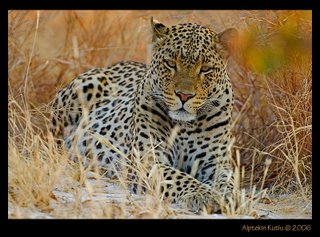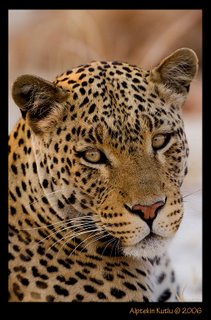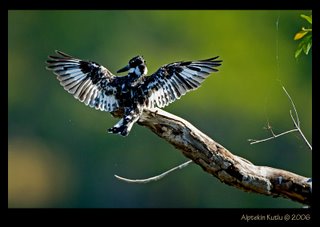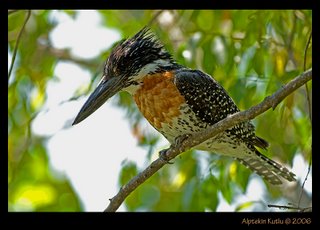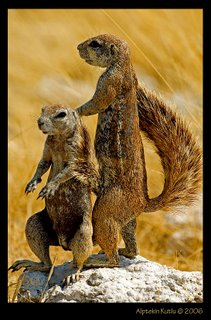Baby chickens and new classrooms
Twabuka School and Iji company.
On 10th April we took delivery of 100 one day old chicks. These chicks are the first of our egg producers for Twabuka Iji company, iji means egg in Tonga.


The idea of the egg company is to develop income generating business in the village.
The chicken house, equipment and chickens have all been funded by a combination of donations and an interest free loan from our school funds. Two villagers, Brian and Geoff, have been employed in the initiative. So far they have taken a major role in building the chicken house and have had to understand all the costs involved. They will be responsible for looking after the chickens and, once the chickens start laying, for marketing and selling the eggs and keeping accounts.

All initial income profit will go towards paying back the set up costs and this money will then be made available for other villagers to develop further initiatives. It’s likely to take at least two years to progress to a profit situation, after which Brian and Geoffs’ basic wage can rise and the remaining profit will go to the school.
The project has the potential to provide a range of educational opportunities for both pupils of the school and adults in the village and the school teachers will work alongside Brian and Geoff to make the most of these opportunities.
If you would like to make a donation to the Iji company so that Brian and Geoff can move into profit more quickly please contact Oriel (nomad@microlink.zm) or Diane (nomadat@onetel.com).
Our building team is working hard to help realise the next phase of Twabuka Community School. In 2006 we finished the first two classrooms, thanks to amazing fund raising by Cooper’s and Company Coburn School and donations from other Nomad clients, friends and relatives.
In August 2008 a group of 36 students and staff from Cooper’s will be back in Livingstone to see the opening of another three classroom block and additional toilets. As before they will be actively involved with the painting and decoration of the new block and the construction of furniture.
Their time in Livingstone will be at the end of a month long trip with Nomad, travelling from Windhoek in Namibia to Livingstone in Zambia.
The expansion at the school has been necessary because the school role has risen from 36 to 134 and is still rising. So far Cooper’s School has raised and sent out another GBP 10,000 to enable this to happen and we believe more money will follow to allow completion. If there are enough funds we will also build a teacher’s house, as attracting good teachers to rural schools without housing being supplied is not easy.



The entire building project has been managed by Alan and Oriel from Nomad African Travel, who are now experts in everything from drilling boreholes to negotiating the best price for the construction of metal windows. They are also fast becoming experts in chicken keeping and egg production. All their time is given free of charge to enable these projects to be realised without spending money on admin and management skills and this means all donations go directly to the projects.
The village where the school is located is extremely poor, there is no electricity or running water and unemployment is at a high level. Education and skills training are essential elements in improving this situation and whenever a donation is made, however large or small, it enables us to take one more step towards an improved standard of living for people in the area and, in particular, an improvement in the long term prospects of many families.
On 10th April we took delivery of 100 one day old chicks. These chicks are the first of our egg producers for Twabuka Iji company, iji means egg in Tonga.


The idea of the egg company is to develop income generating business in the village.
The chicken house, equipment and chickens have all been funded by a combination of donations and an interest free loan from our school funds. Two villagers, Brian and Geoff, have been employed in the initiative. So far they have taken a major role in building the chicken house and have had to understand all the costs involved. They will be responsible for looking after the chickens and, once the chickens start laying, for marketing and selling the eggs and keeping accounts.

All initial income profit will go towards paying back the set up costs and this money will then be made available for other villagers to develop further initiatives. It’s likely to take at least two years to progress to a profit situation, after which Brian and Geoffs’ basic wage can rise and the remaining profit will go to the school.
The project has the potential to provide a range of educational opportunities for both pupils of the school and adults in the village and the school teachers will work alongside Brian and Geoff to make the most of these opportunities.
If you would like to make a donation to the Iji company so that Brian and Geoff can move into profit more quickly please contact Oriel (nomad@microlink.zm) or Diane (nomadat@onetel.com).
Our building team is working hard to help realise the next phase of Twabuka Community School. In 2006 we finished the first two classrooms, thanks to amazing fund raising by Cooper’s and Company Coburn School and donations from other Nomad clients, friends and relatives.
In August 2008 a group of 36 students and staff from Cooper’s will be back in Livingstone to see the opening of another three classroom block and additional toilets. As before they will be actively involved with the painting and decoration of the new block and the construction of furniture.
Their time in Livingstone will be at the end of a month long trip with Nomad, travelling from Windhoek in Namibia to Livingstone in Zambia.
The expansion at the school has been necessary because the school role has risen from 36 to 134 and is still rising. So far Cooper’s School has raised and sent out another GBP 10,000 to enable this to happen and we believe more money will follow to allow completion. If there are enough funds we will also build a teacher’s house, as attracting good teachers to rural schools without housing being supplied is not easy.



The entire building project has been managed by Alan and Oriel from Nomad African Travel, who are now experts in everything from drilling boreholes to negotiating the best price for the construction of metal windows. They are also fast becoming experts in chicken keeping and egg production. All their time is given free of charge to enable these projects to be realised without spending money on admin and management skills and this means all donations go directly to the projects.
The village where the school is located is extremely poor, there is no electricity or running water and unemployment is at a high level. Education and skills training are essential elements in improving this situation and whenever a donation is made, however large or small, it enables us to take one more step towards an improved standard of living for people in the area and, in particular, an improvement in the long term prospects of many families.







































